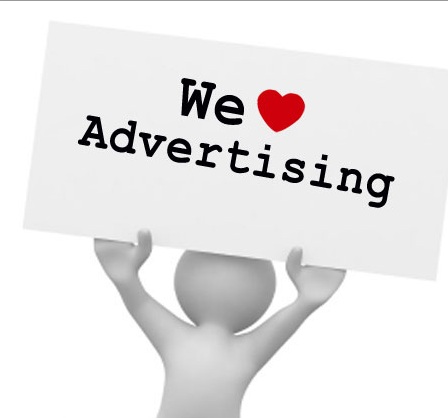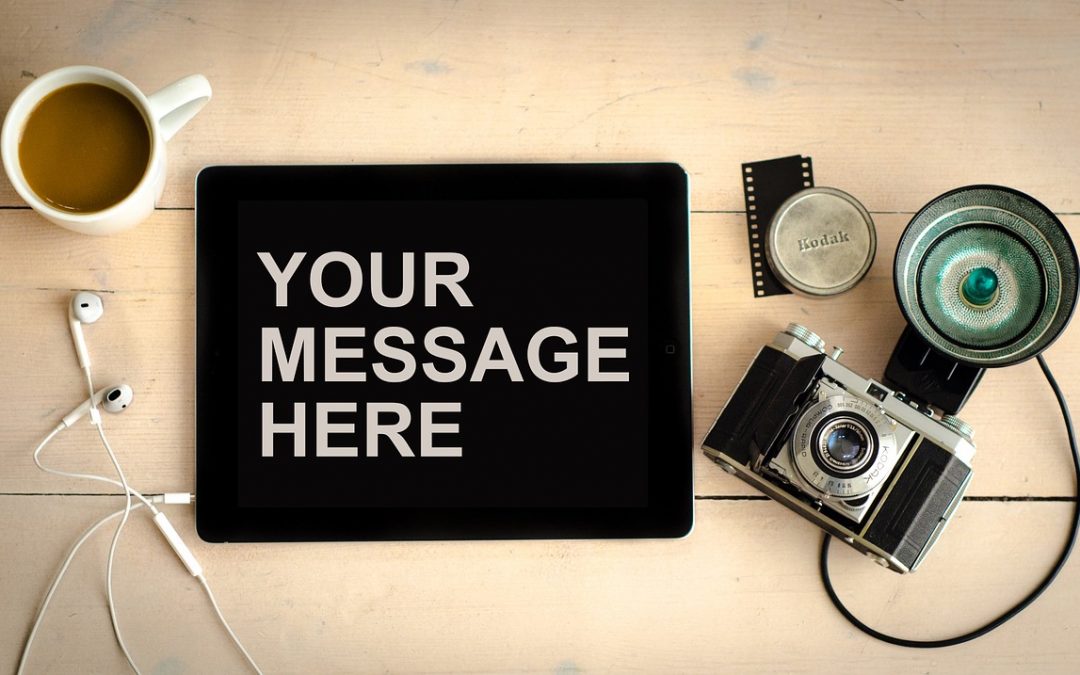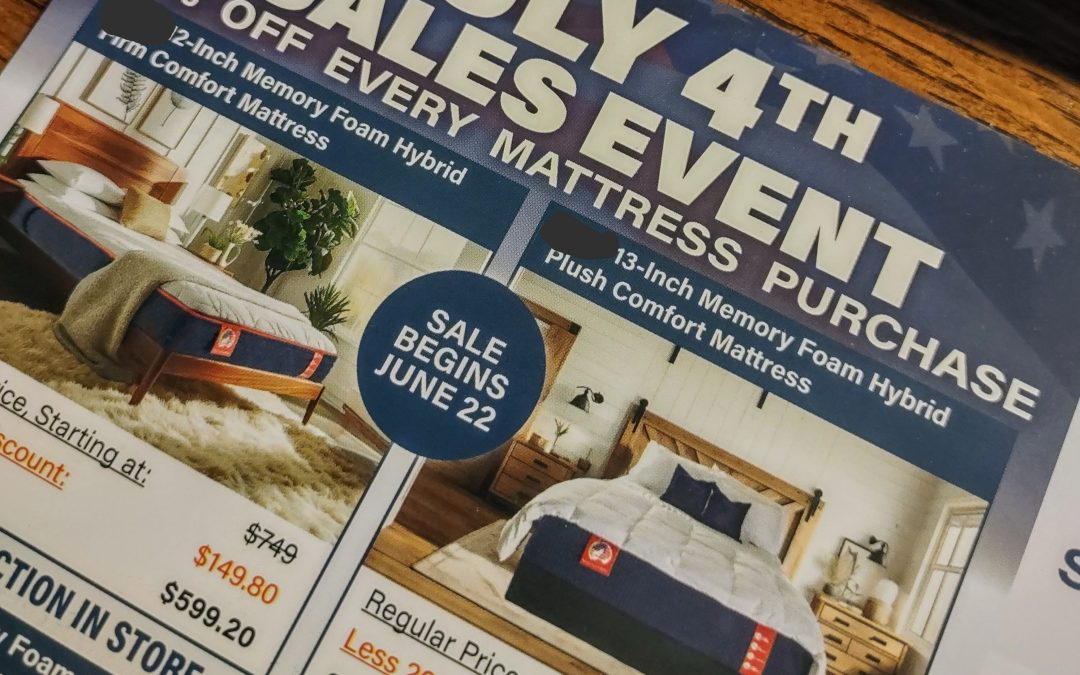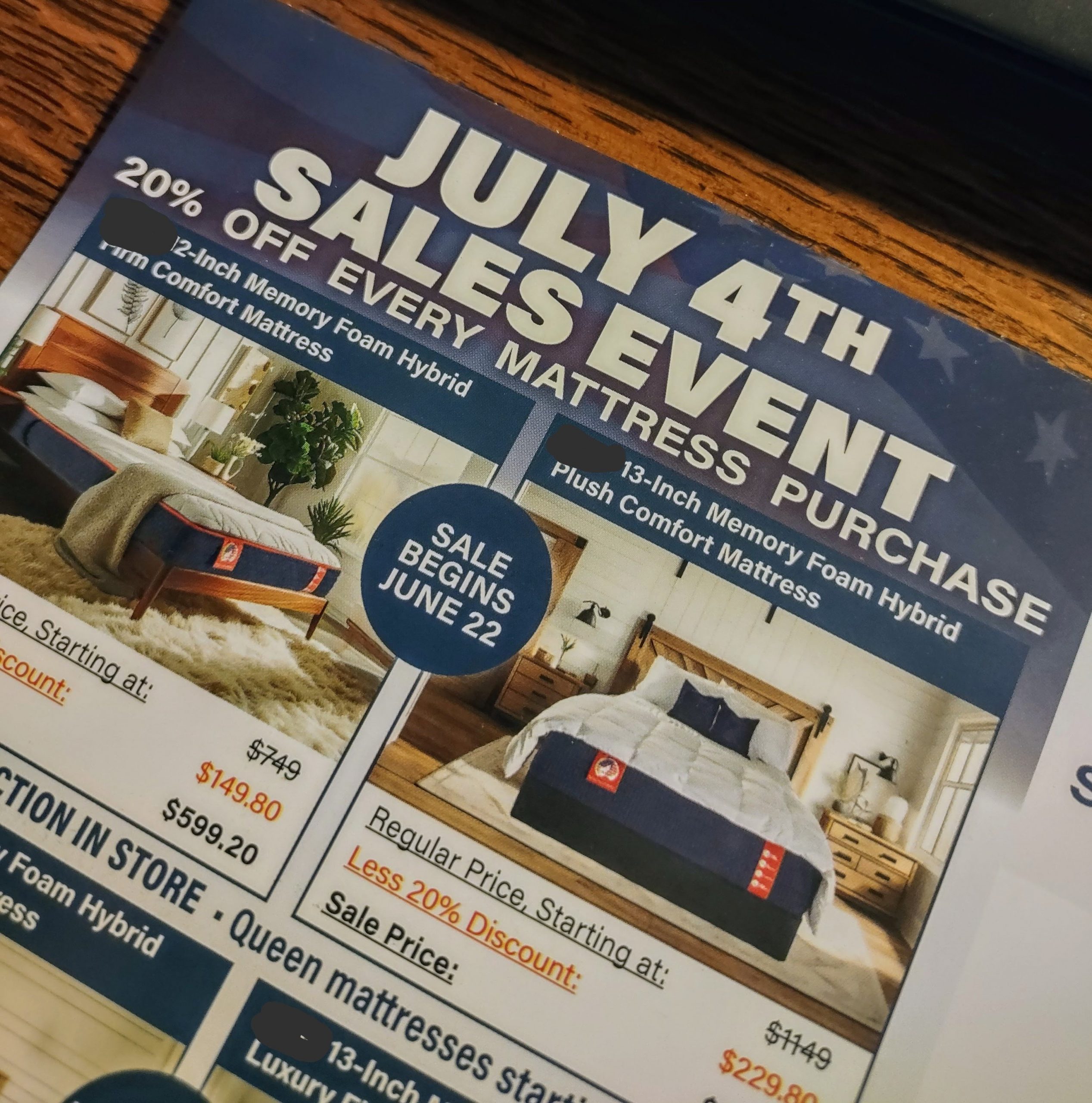
Planning In Advance
Most of us plan in advance.
Not everything, but even the least organized and most impulsive have a tiny bit of planning that they do. Could be as simple as having clean clothes, or paying a bill. Or it’s a routine that you follow that could count as planning.
I’ve got a friend who is bringing back a restaurant that he used to own and operate a couple decades ago and he’s created plans for just about everything needed to open his doors this year including how to invite potential customers to his new place in a new location.
I also have some clients that plan their marketing budgets on an annual basis and won’t deviate from those spending levels until the next year. Interestingly, a couple of my clients that are like that also want me to continue to present them new opportunities as the year progresses. I know that if I present an opportunity that hits one of their hot buttons, they’ll consider pulling the trigger on additional spending.
We’re around 100 days away from the next national election and our media company is getting ready to launch a non-partisan informational website to provide visitors details about voting including candidate information, and voter registration info too. I have room for 4 businesses to receive a bunch of brand awareness exposure on this website, thru radio ads, email blasts and social media posts for the 3 months leading up to election day. Cost is minimal. The way this years presidential race has gone is downright crazy with unpredictable happenings including a terrible debate performance and attempted assassination.
I’m doing my duty to offer sponsorship to businesses that want to be on the website and some businesses are saying thanks but we’re locked in to our spending levels for the remainder of the year. Others have asked to have some time to think about it. The reality is we’ll find 4 businesses that go above and beyond what they were planning and add this sponsorship to their marketing and branding. I don’t know who will say yes, so I’m offering it to anyone I know.
Something else happened this month regarding advertising planning. I have a client that uses an ad agency and every couple of years I’d sit down with the agency 6 months before the current agreement expired and work out details for the next agreement. Well, the client switched ad agencies this year and the timeline for planning next years agreement has moved from a 6 month process to a 2 or 3 month process.
Besides all of this advertising and marketing stuff I do, there are 3 or 4 non-profits that I’m involved with that uses timetables and planning to make sure things are accomplished on time for the best results. I also finalized my third personal trip planning for out of town travel that required some research and lastly my wife and I have stepped up some financial planning with a professional in a way that we hadn’t done previously.
Can we agree that planning in advance is a good thing?
Besides having clean clothes and paying our bills on time, the value of a plan with many of our life choices, be it personal or business can be considered priceless. Part of our planning should include an “Extra” line item.
For personal planning, the experts recommend we have a stash of cash that can be tapped into for unexpected stuff. It could be to replace a vehicle that suddenly becomes inoperable, or for good stuff like a chance to take some time off to visit out of town family which is something I’ve been doing this year.
On the business side, those extra funds can be used to take advantage of items that would be good for your business but weren’t even on your radar months ago when you formulated your annual budget.
The key to all of this actually goes into deciding what is important and then creating a plan that includes flexibility as opportunities come up.
Do you have a plan or do you wing it? Let me know and if you want help with developing a plan for your business, I have resources for helping you create a marketing strategy and connections with other professionals that can provide you with guidance and expertise in the other important areas of business too.





